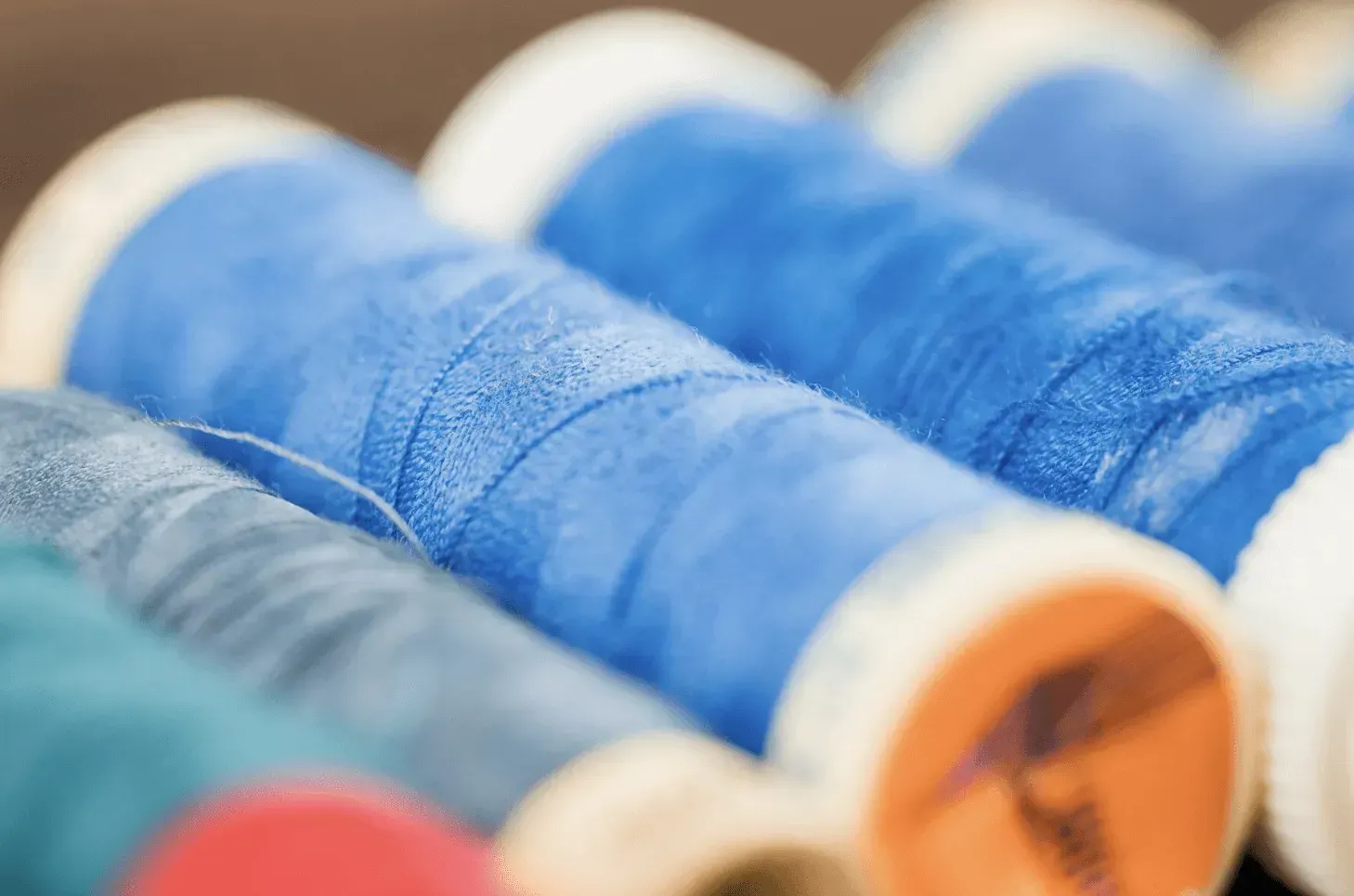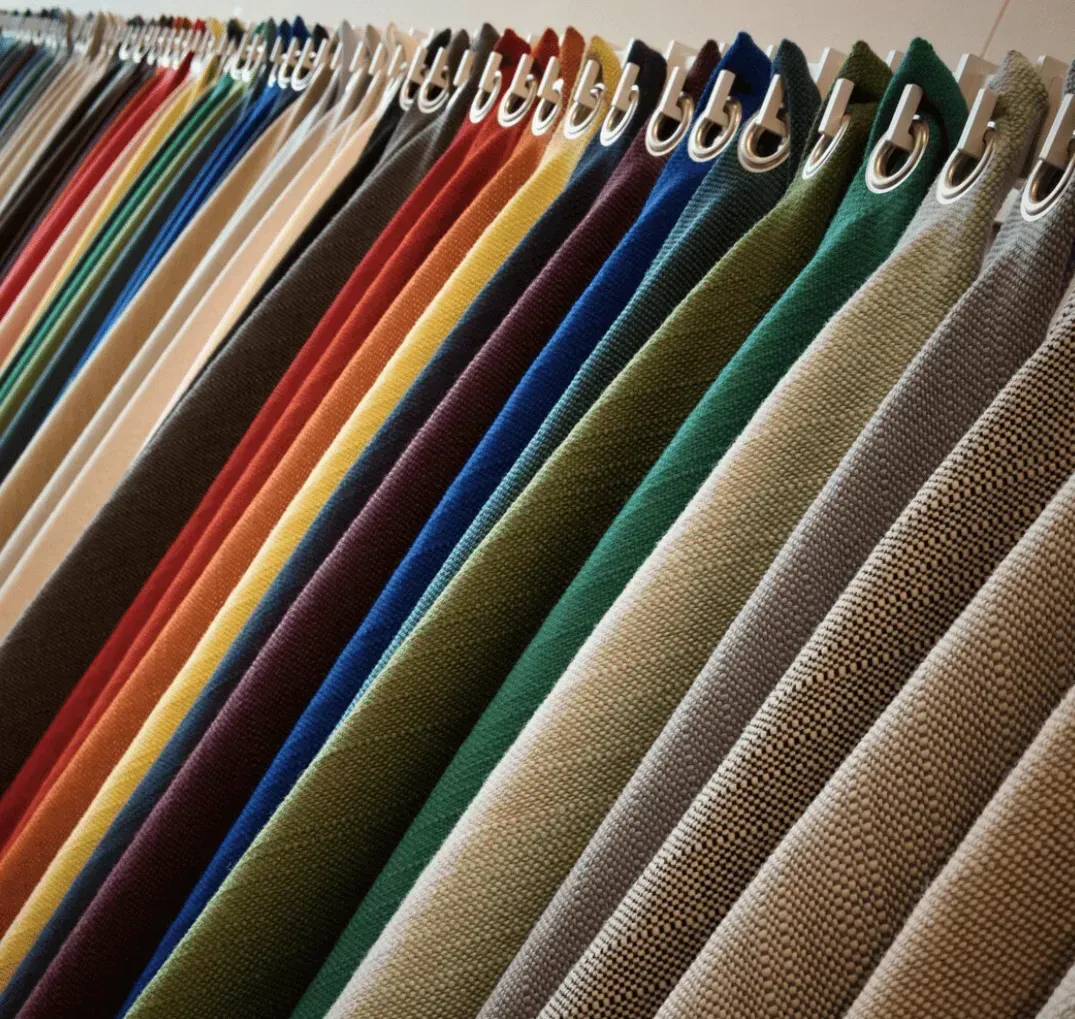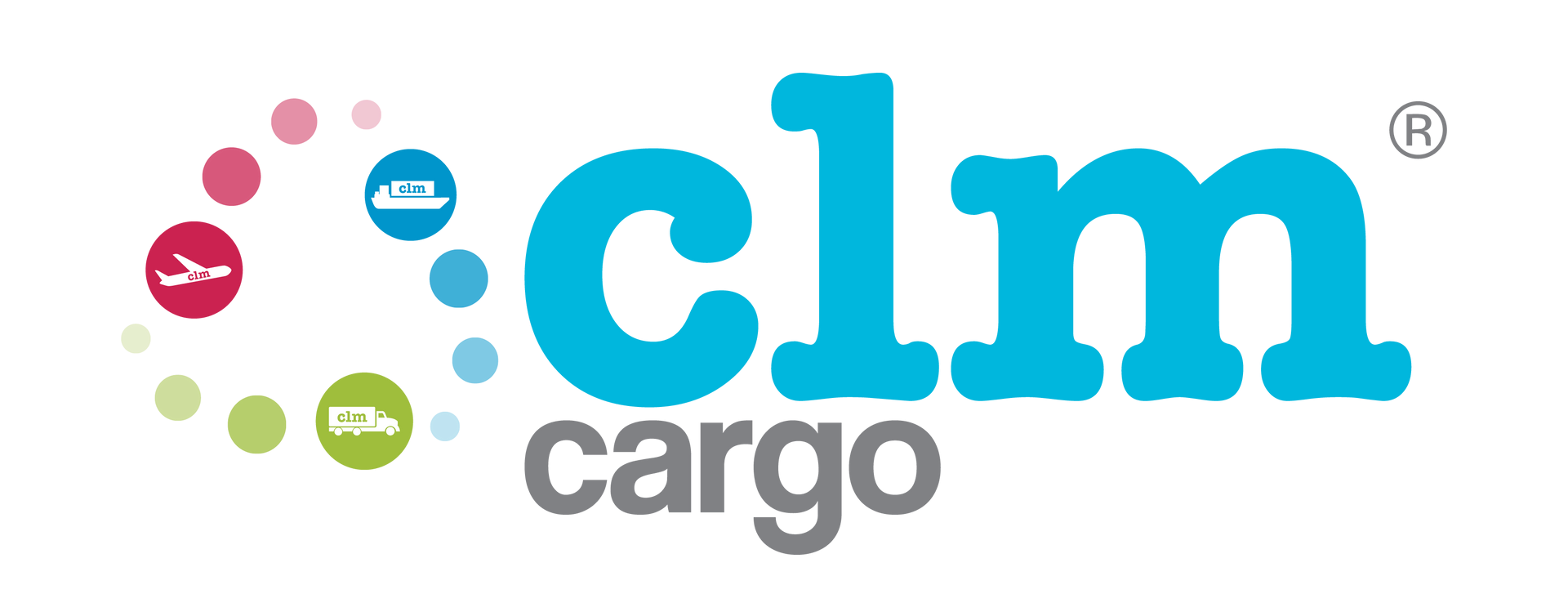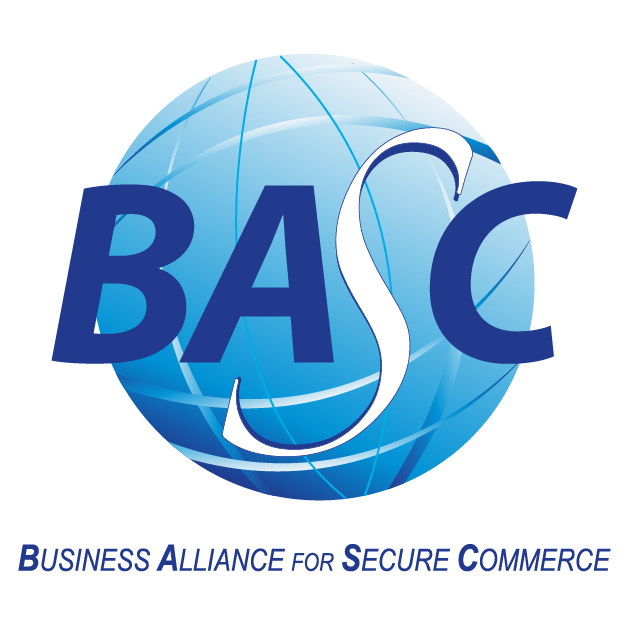Importing Textiles to Colombia

Export Intermediation
Importing textiles into Colombia involves complying with a series of specific requirements and procedures. These include the necessary documentation, registering as an importer with the DIAN, and obtaining an import license. The process includes the import declaration, customs clearance, payment of taxes and duties, and receipt of the goods at their destination. In addition, there are key aspects such as tariff classification, labeling, and applicable regulations.
Requirements for Importing Textiles into Colombia
Importing textiles into Colombia requires meeting a set of specific requirements to ensure a successful process. Below are the key aspects to consider:
Required Documentation
- Commercial Invoice
- Certificate of Origin
- Packing List
- Quality Certification
Importer Registration with the DIAN
Registration Process
Required Documents
Import License
Application and Issuance
Specific Requirements for Textiles
Textile Import Process into Colombia
Import Declaration with the DIAN
The import declaration with the DIAN is a crucial step in the process of importing textiles into Colombia. It must be filed accurately and truthfully to comply with the established legal requirements.
How to File the Declaration
When submitting the declaration to the DIAN, the indicated procedure must be followed, and all required fields must be completed correctly. It is important to include detailed information about the textiles to be imported.
Supporting Documentation
In addition to the declaration, the necessary supporting documents must be attached, such as invoices, certificates, and any other information that supports the import of textiles.
Customs Clearance
Customs clearance is a fundamental stage in the textile import process into Colombia. This is where the necessary procedures are carried out to authorize the entry of goods into the country.
Customs Procedures
Customs procedures must be carried out precisely and in accordance with established regulations. All customs instructions must be followed to ensure efficient clearance.
Release of Goods
Once customs procedures are completed, the goods will be ready for release. It is important to follow established protocols to avoid delays in the delivery of imported textiles.
Payment of Taxes and Duties
Paying taxes and duties is a crucial aspect of importing textiles into Colombia. The corresponding costs must be calculated and payments made promptly.
Customs Tariff
Knowing the applicable customs tariff for imported textiles is essential to calculate the taxes payable. All tax obligations must be met correctly.
Payment Methods
There are different payment methods for import taxes and duties. The most convenient method should be selected, ensuring payments are made within the established deadlines.
Receipt of Textile Inputs
Receiving textile inputs at designated ports and airports is the final step in the import process. A thorough inspection should be carried out to verify the quality and quantity of the products received.

Ports and Airports of Destination
Imported textiles will arrive at the designated ports or airports in Colombia. It is important to coordinate the reception logistics to ensure efficient delivery.
Inspection and Verification of the Cargo
Before proceeding with delivery, a detailed inspection of the cargo must be carried out to ensure it meets the established quality and quantity standards. Any irregularities should be reported immediately.
Key Aspects in Textile Importation
Tariff Classification
Tariff classification is crucial when importing textiles into Colombia. To determine the tariff subheading, the product’s characteristics must be examined, and the customs tariff schedule consulted.
Textile Product Labeling
The labeling of textile products follows specific regulations in Colombia. Detailed requirements must be met to correctly inform consumers about the purchased product.
Restrictions and Regulations
There are applicable rules governing textile imports. Entities such as ICA and INVIMA oversee compliance with prior approvals and registrations to ensure the quality and safety of imported textile products in the country.
Transportation and Logistics of Textile Imports
This section addresses aspects related to the transportation and logistics of textile imports in Colombia, detailing the different available options and associated costs.
International Transportation Options
- Maritime Transport
- Air Transport
- Land Transport
Transportation and Logistics Costs
Transportation and logistics costs are a key factor in the textile import process in Colombia, as they influence the profitability of the operation. Below are the main aspects to consider.
Cost Determination
It is essential to carry out a detailed assessment of transportation costs, which include freight, insurance, storage, and other additional expenses. Having a clear budget helps effectively plan the textile import operation.
Cost Optimization
Seeking alternatives to optimize transportation expenses is key to ensuring operational efficiency. Negotiating competitive rates with transportation providers and evaluating more economical routes are strategies that can help reduce logistics costs.
Cargo Insurance
Purchasing cargo insurance is an important protective measure when importing textiles into Colombia. These policies cover potential risks during the transportation of goods, providing peace of mind against unforeseen events that may arise during the import process.
Pre-Import Studies
Market Study
Before importing textiles into Colombia, it is essential to conduct a market study to understand the existing demand. Analyzing demand helps identify local consumer preferences and determine the viability of introducing new products. Additionally, studying the competition helps understand the strategies of other companies in the sector and establish key differentiators.
Economic Feasibility
Evaluating the economic feasibility of textile imports involves conducting a thorough assessment of international textile sector prices. It is important to determine nationalization costs to ensure the profitability of the operation. Analyzing international prices and associated expenses is essential for making informed and profitable decisions in the Colombian market.

Import Process with the Ministry of Commerce, Industry, and Tourism
VUCE Platform
The VUCE Platform is the electronic system that facilitates registration and access for import procedures. This platform enables the efficient and streamlined handling of electronic import processes.
Registration and Access to VUCE
The first step is to register on the VUCE Platform to access import services. Upon completing registration, the necessary credentials are obtained to start the process.
Electronic Processing
Electronic processing through VUCE simplifies import procedures by automating several stages of the process. This accelerates the management of formalities and eliminates unnecessary in-person procedures.
Available Electronic Procedures
The Ministry of Commerce, Industry, and Tourism offers various electronic procedures to facilitate the importation of textiles. These systems allow for efficient and transparent handling of formalities.
Single Window for Foreign Trade (Ventanilla Única de Comercio Exterior)
The Single Window for Foreign Trade is a tool that centralizes all procedures related to imports in a single access point. It allows for queries, tracking, and centralized document management.
Inquiries and Support
In case of questions or the need for assistance during the import process, users can access inquiry and support services through channels provided by the Ministry of Commerce, Industry, and Tourism. These channels offer guidance and resolve concerns in a timely manner.
Benefits and Opportunities in Textile Imports to Colombia
Competitive Advantages of the Textile Sector
- The textile sector in Colombia benefits from strong trade agreements that facilitate the import of textiles from different countries.
- The quality of imported products is a notable factor, giving importers the opportunity to offer high-quality textiles to Colombian consumers.
Government and Financial Support
Incentives and Subsidies
The Colombian government offers a variety of incentives and subsidies to promote textile imports and foster the sector’s growth. These incentives may include tax benefits, tariff exemptions, and financial support for textile import projects.
Support Programs for Importing Companies
In addition to financial incentives, there are specific programs aimed at textile-importing companies in Colombia. These programs may offer specialized advice, training on import-related topics, access to networking opportunities, and collaboration with government entities to streamline import processes.






